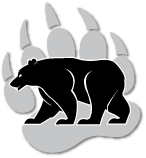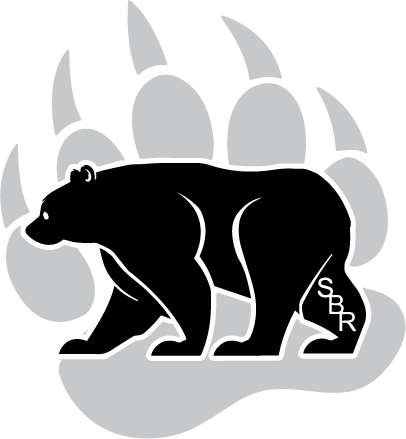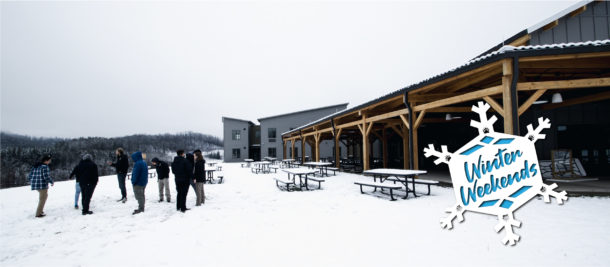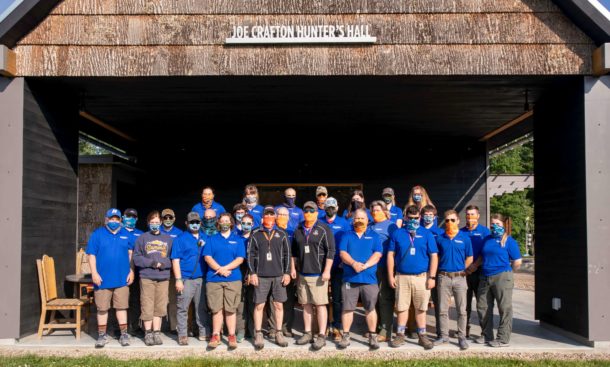The Summit Bechtel Family Reserve is big — more than 10,000 acres big.
It’s hard to fathom just how huge 10,000 acres really is. Most of us can understand the number 10,000, but you also have to add in the size of an acre to the equation, which most of us, excluding farmers and ranchers, can’t.
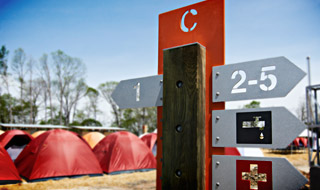
Add the 70,000 additional acres of the New River Gorge National River, which adjoins the Summit, and you get something that must be seen to be believed even though it cannot be seen all at once.
Still with us? Good.
So how on earth will Scouts and Venturers find their way around the Summit?
The planners and designers of the Summit Bechtel Reserve have navigation in mind. In fact, one of the primary goals for the Summit is to help ensure an easily navigable infrastructure for both vehicular and pedestrian traffic.
“Because it’s so spread out,” says Harry Mark, RSM Design principal, “and there’s so much to do, one of the really important parts is clear signage — wayfinding.”
Mark describes the wayfinding strategy in three ways: certainty, variety, and delight.
“Certainty ensures that the science side of wayfinding is accounted for. The letters are large enough, they’re legible and they contrast with their background.” said Mark. “Also, one wants to know that they’re on the right path and that they’ve arrived at their destination.”
Variety keeps the journey interesting. Different paths have different stories and the wayfinding process reflects that.
Delight is what makes the journey unique. It’s not enough to simply place a label and an arrow on a post; the design needs to make Scouts feel like their journey at the Summit means something special.
[pullquote]Wayfinding is a great example of the details designers are digging into at the Summit. C’mon, admit it: Have you ever been lost?[/pullquote]
Fun and functional, directional signage will help ensure that visitors know exactly where they are and how to get where they’re going. We think that’s pretty important, you know.
However, there is more to wayfinding than just signs.
The designers hope to create an environment that connects Scouts and Venturers to their surroundings and encourages participation and discovery. Excited yet?
